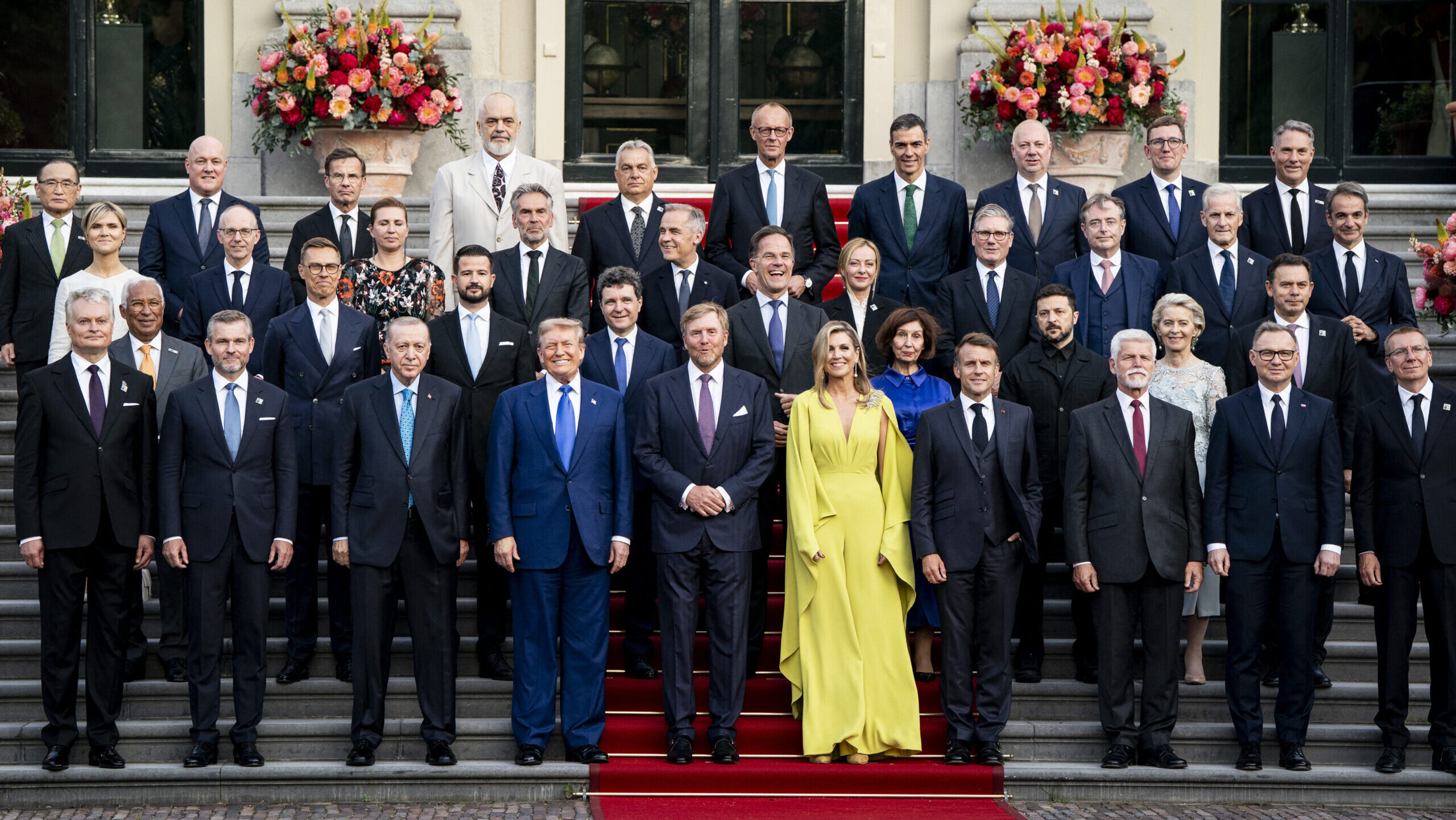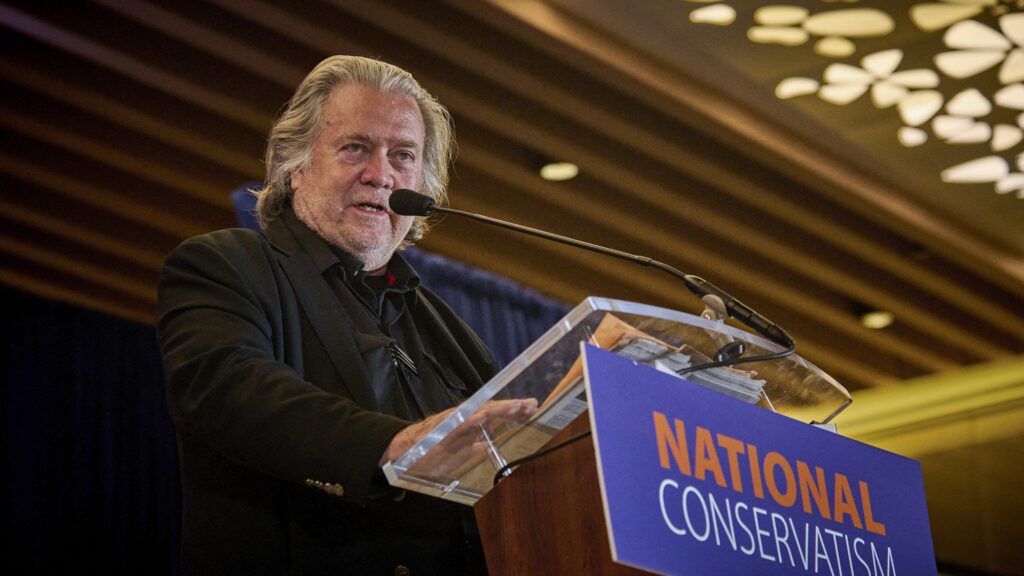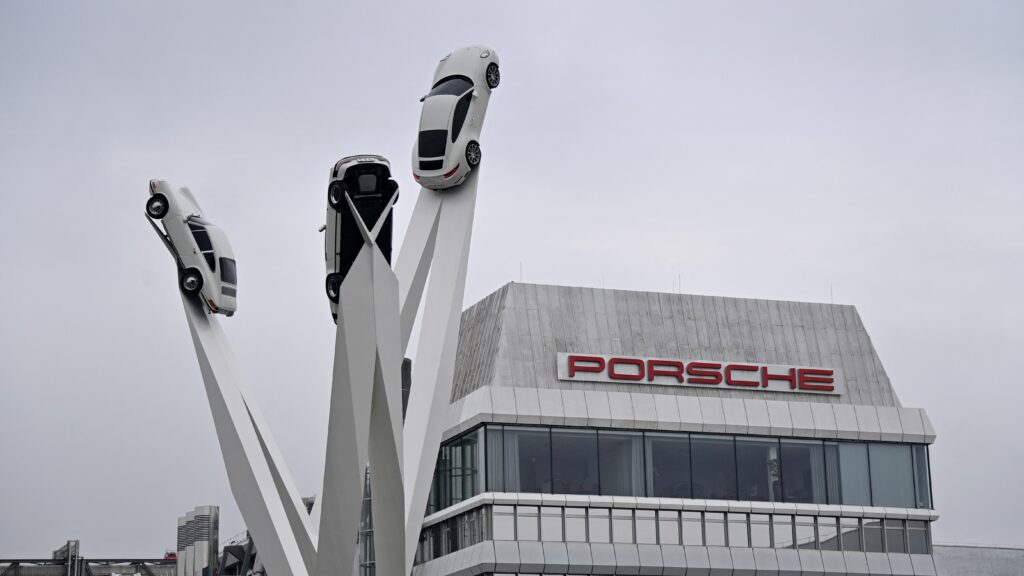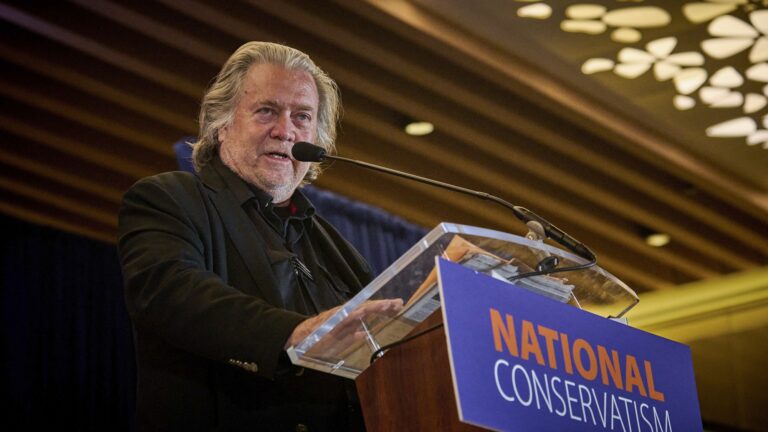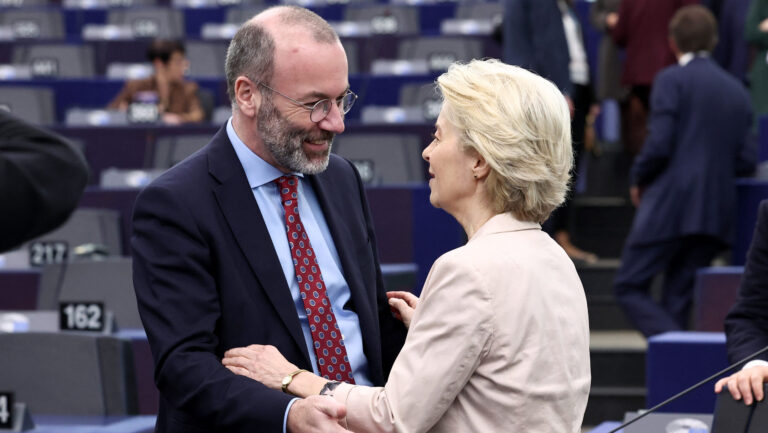NATO member states have agreed to raise the Alliance’s defence commitment to 5 per cent of GDP by 2035, up from the current 2 per cent threshold, as the annual summit concluded in The Hague, the Netherlands, on 25 June. Hungarian Prime Minister Viktor Orbán noted that, in contrast to recent years, member states this time focused on strengthening NATO itself rather than prioritizing Ukraine—an outcome he described as highly positive.
‘Last year’s NATO summit in Washington had taken a completely wrong turn because that meeting was about Ukraine and not about how NATO could make itself stronger,’ Orbán emphasized. He added that this trend has now been reversed. ‘I could even say that we have won, although it is only one battle, not the war.’
Orbán Viktor on X (formerly Twitter): “🛡️ This @NATO summit was finally about strengthening our alliance and our members, not about chasing illusions in Ukraine. A clear shift toward stability and security – a battle won! pic.twitter.com/lYVN0KrClh / X”
🛡️ This @NATO summit was finally about strengthening our alliance and our members, not about chasing illusions in Ukraine. A clear shift toward stability and security – a battle won! pic.twitter.com/lYVN0KrClh
Orbán attributed the shift in focus largely to the presence of US President Donald Trump. Secretary of State Marco Rubio underlined this in an interview with POLITICO, describing this year’s gathering as ‘the Trump summit’. ‘The combination of pressure from President Trump in his first administration, and then a full invasion and war in Europe by Vladimir Putin, has led now to virtually every country—every single partner in the NATO alliance—pledging to get to that 5 per cent mark, with the exception, unfortunately, of Spain,’ Rubio noted.
Leaders from the 32-member bloc pledged to allocate up to 5 per cent of their national GDP to defence and related sectors by 2035, characterizing the decision as a ‘quantum leap’ in collective security. The final agreement divides the 5 per cent into two categories: 3.5 per cent for NATO’s core defence spending, and an additional 1.5 per cent for broader security investments—including infrastructure upgrades such as roads and ports, as well as cyber defence and emergency response capabilities. A review point was set for 2029—after the next US presidential election—to assess progress and reassess the perceived threat posed by Russia. NATO Secretary General Mark Rutte described the agreement as ‘transformational’. Spain, the Alliance’s lowest defence spender, requested an opt-out and will maintain the 2 per cent threshold.
Hungarian Defence Minister Kristóf Szalay-Bobrovniczky welcomed the new commitment, stating that Hungary has long been an active supporter of NATO and, in particular, of initiatives to enhance Europe’s defence capabilities—efforts that, he said, complement and reinforce, but cannot replace, national defence strategies. Orbán reiterated that Hungary can only meet the 5 per cent target if the European Union reforms its fiscal rules. ‘The EU needs to give member states more leeway, and then it will be possible to manage the 5 per cent GDP defence spending threshold,’ he argued.
He also noted that Hungary enjoys a relative advantage, having begun the development of its armed forces in cooperation with Germany as early as 2016–2017. Hungary’s defence industry is in stronger shape and better prepared than many others. ‘It will not only mean expenditure for us, but also income,’ Orbán said. ‘It will not be easy, but it is possible to achieve the 5 per cent.’
Related articles:

